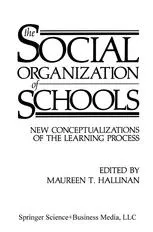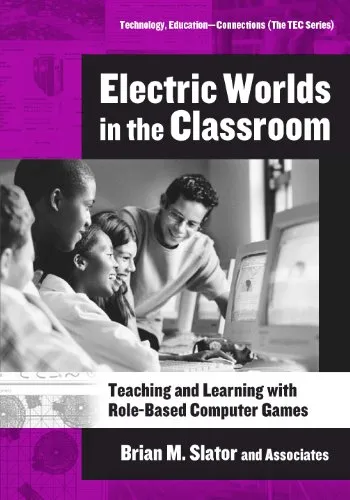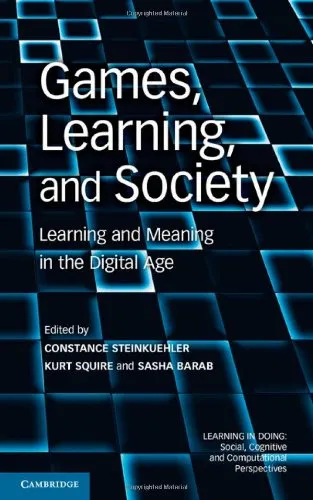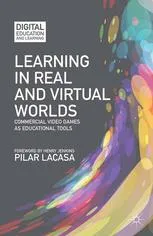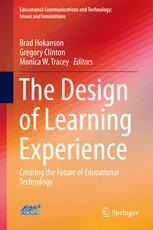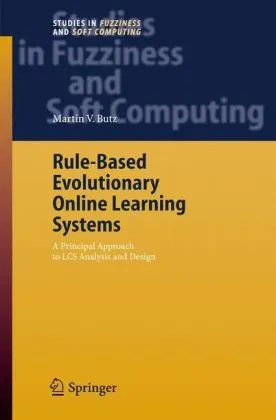Design for the Changing Educational Landscape: Space, Place and the Future of Learning
4.5
Reviews from our users

You Can Ask your questions from this book's AI after Login
Each download or ask from book AI costs 2 points. To earn more free points, please visit the Points Guide Page and complete some valuable actions.Related Refrences:
Introduction to 'Design for the Changing Educational Landscape: Space, Place and the Future of Learning'
In an era where education is evolving rapidly, the environments where learning takes place are undergoing a remarkable transformation. 'Design for the Changing Educational Landscape: Space, Place and the Future of Learning' by Andrew Harrison and Les Hutton explores the critical relationship between educational philosophy, technological innovation, and spatial design. This book is a comprehensive guide to understanding how physical and digital spaces need to adapt to meet the needs of modern learners in an ever-changing world.
Rooted in interdisciplinary insights, the book provides a detailed exploration of how design principles can shape educational environments that inspire creativity, collaboration, and innovation. Aimed at educators, architects, designers, and policymakers, this book emphasizes that the future of education is not only about content but also about the context and environment in which learning takes place. By addressing topics ranging from classroom design to virtual spaces, the authors deliver a thought-provoking analysis of what it takes to create places that truly support education in the 21st century.
Detailed Summary of the Book
The book encompasses the changing dynamics of educational space design, presenting ideas and strategies that align physical spaces with the evolving demands of learners in the digital age.
The authors begin by examining the historical development of educational spaces, shedding light on how traditional classrooms no longer meet the diverse needs of today’s students. The text then shifts to highlight the integration of technology, pedagogical shifts, and flexible designs in modern learning environments. It emphasizes blended learning spaces, active learning classrooms, and how digital transformation influences the design of educational institutions.
Another key focus is the consideration of inclusivity, sustainability, and accessibility as fundamental components of spatial design. By exploring real-world case studies and providing actionable insights, the book takes the reader on a journey through future-focused recommendations that prioritize adaptability. Whether it's libraries becoming collaborative "makerspaces" or schools incorporating virtual reality for immersive learning, the book weaves theory with practice to portray a comprehensive vision of the future landscape of education.
Key Takeaways
- Educational space design must adapt to promote collaboration, creativity, and critical thinking.
- Technology is no longer optional; it plays an integral role in shaping the future of how and where learning happens.
- Flexibility is key. Environments should support formal, informal, physical, and virtual learning interactions.
- Inclusivity and sustainability are essential priorities for 21st-century educational spaces.
- Designing for the future requires attention to the interplay between pedagogy, technology, and space.
Famous Quotes from the Book
"Learning is no longer confined to the four walls of the classroom. It is a dynamic, interactive process that requires equally dynamic environments."
"Designing for education is not about buildings. It is about creating places where people can connect, innovate, and grow."
"To design for the future of learning, we must first understand that change is constant, and adaptability is essential."
Why This Book Matters
Educational institutions play a pivotal role in shaping the future of our societies. As the world undergoes unprecedented social, technological, and environmental changes, the way we learn, teach, and interact in educational spaces must also transform. This book matters because it serves as an essential resource for creating learning environments that respond to these changes effectively.
'Design for the Changing Educational Landscape' equips readers with the knowledge to reimagine educational spaces in a way that aligns with the needs of modern learners and educators. By presenting forward-thinking perspectives on space and place, the book ensures that education remains meaningful, efficient, and inclusive in the 21st century.
Ultimately, this book matters because it bridges the gap between theory and practice, offering tangible strategies to create spaces that support the evolving goals of education. It inspires architects, educators, and stakeholders alike to innovate and collaborate in shaping the future of learning environments that are as diverse and dynamic as the learners themselves.
Free Direct Download
You Can Download this book after Login
Accessing books through legal platforms and public libraries not only supports the rights of authors and publishers but also contributes to the sustainability of reading culture. Before downloading, please take a moment to consider these options.
Find this book on other platforms:
WorldCat helps you find books in libraries worldwide.
See ratings, reviews, and discussions on Goodreads.
Find and buy rare or used books on AbeBooks.
1186
بازدید4.5
امتیاز0
نظر98%
رضایتReviews:
4.5
Based on 0 users review
Questions & Answers
Ask questions about this book or help others by answering
No questions yet. Be the first to ask!



